Unit 2 cell structure, Function, and transport, Honors
1/107
There's no tags or description
Looks like no tags are added yet.
Name | Mastery | Learn | Test | Matching | Spaced |
|---|
No study sessions yet.
108 Terms
3 parts of the cell theory
all living organisms are composed of cells
Cells are the basic unit of structure and function of
New cells are produced from pre-existing cells
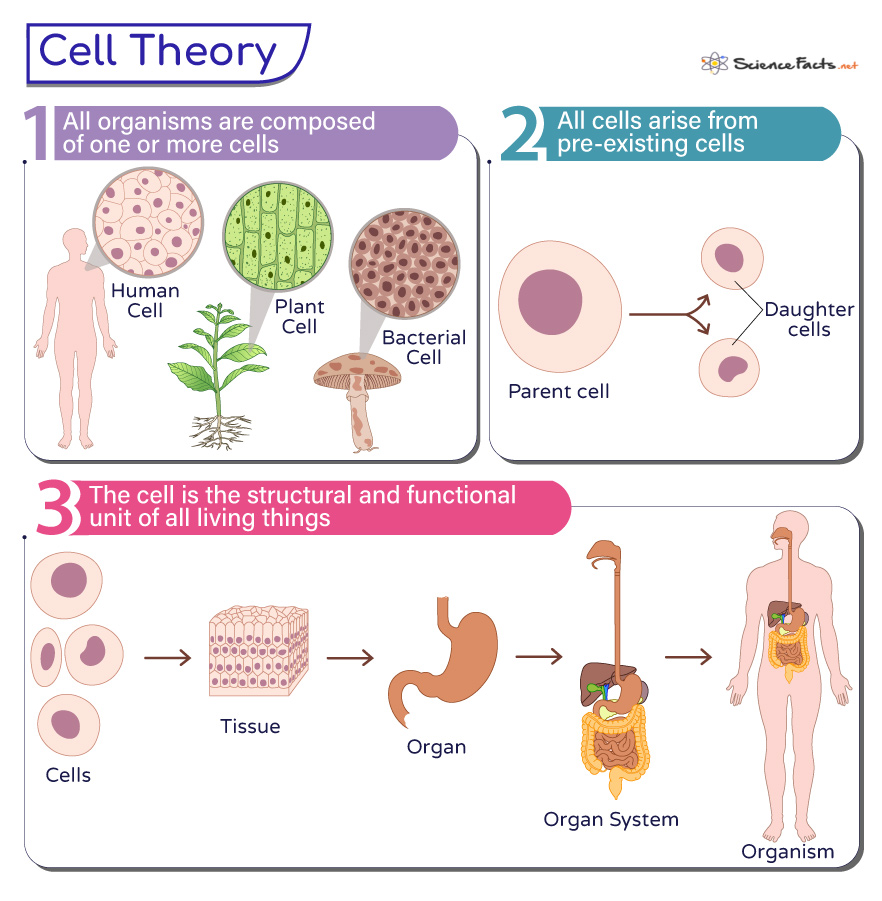
5 structures in all cells
1.Plasma membrane
2.Cytoplasm
3.DNA
4.Ribosomes
5.Organelles
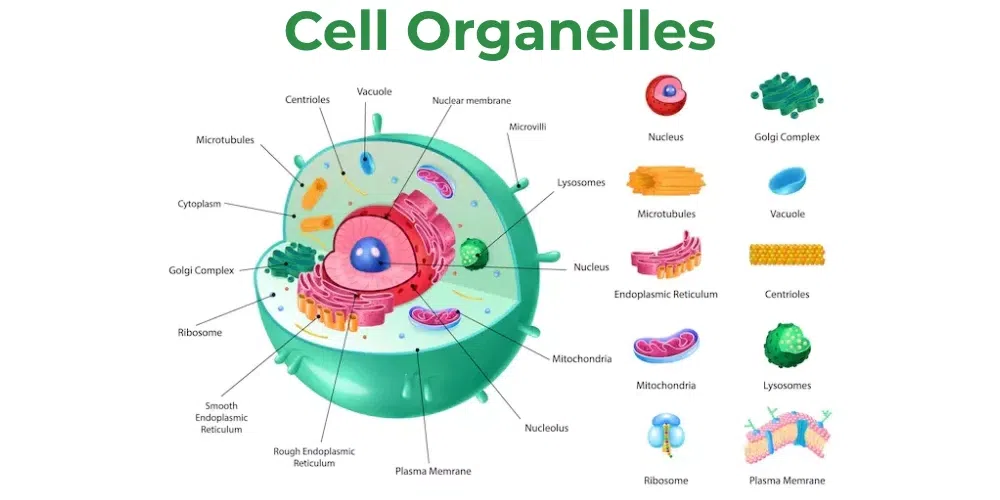
Prokaryotic cell
Plasma Membrane: The outer covering that separates the cell's interior from its environment. It is selectively permeable, allowing certain substances to pass through while blocking others.
Cytoplasm: A jelly-like region within the cell that contains enzymes, salts, and other cellular components. It also plays a role in the movement of substances within the cell.
Ribosomes: Particles responsible for protein synthesis within the cell. They are essential for the production of cellular proteins.
DNA: The genetic material of the cell, found in the nucleoid region. Prokaryotic DNA is typically circular and not enclosed within a nucleus.
Cell Wall: An outer layer that provides structural support and protection. It is often made of peptidoglycans and can be found in some prokaryotic cells.
Capsule: An additional outer layer found in some prokaryotic cells, which can help the cell adhere to surfaces and resist immune attacks.
Flagella: Whisker-like structures that enable movement in prokaryotic cells.
Pili: Hair-like structures that aid in attachment and genetic exchange.
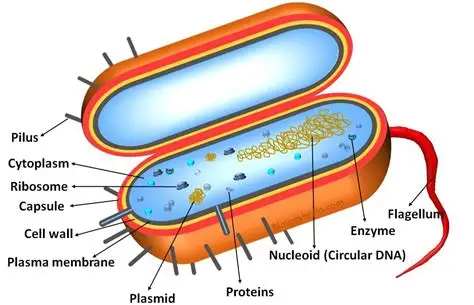
Eukaryote cell
Nucleus: Houses the cell's DNA and controls cell activities, including growth and reproduction.
Mitochondria: Generates adenosine triphosphate (ATP) through cellular respiration, providing energy for cellular processes.
Endoplasmic Reticulum (ER): Synthesizes and transports proteins (rough ER) and lipids (smooth ER) within the cell.
Golgi Apparatus: Modifies, sorts, and packages proteins and lipids for transport within or outside the cell
Lysosomes: Contains digestive enzymes to break down waste, cellular debris, and foreign substances.
Chloroplasts: In plant cells, responsible for photosynthesis, converting light energy into chemical energy.
Vacuoles: In plant cells, help maintain cell structure and sequester waste products.
Plant cell
Cell Wall: A rigid layer made of cellulose that provides structural support and protection.
Chloroplasts: Organelles responsible for photosynthesis, containing chlorophyll and playing a crucial role in converting sunlight into energy.
Large Central Vacuole: Stores water, nutrients, and waste products, helping maintain turgor pressure and the plant's upright position.
Plastids: Unique organelles that perform various functions, including storage and pigment production.
Autotrophic: Unlike animal or fungal cells, plant cells produce their own food through photosynthesis.
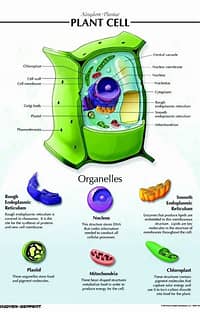
Animal cell
Nucleus: The control center of the cell, containing DNA and regulating gene expression. It is surrounded by a double-layered nuclear envelope with nuclear pores for material exchange.
Mitochondria: Often referred to as the "powerhouse" of the cell, mitochondria generate energy in the form of ATP through cellular respiration.
Endoplasmic Reticulum (ER): A network of membrane-bound tubes and sacs involved in the synthesis, folding, and transport of proteins and lipids.
Golgi Apparatus: A series of membrane-covered sacs that modify, sort, package, and transport proteins and lipids to their destinations.
Cytoskeleton: A network of protein fibers that provides structural support, maintains cell shape, and enables cell movement.
Lysosomes: Membrane-bound organelles containing hydrolytic enzymes that break down waste materials and cellular debris.
Centrioles: Microtubule-organizing centers involved in cell division, organizing microtubules to form the mitotic spindle.
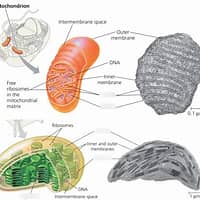
Classify examples of cells based on characteristics or pictures
🧫 1. Prokaryotic vs. Eukaryotic Cells
Type | Characteristics | Examples |
|---|---|---|
Prokaryotic Cells | - No nucleus (DNA floats in cytoplasm) | Bacteria, Archaea |
Eukaryotic Cells | - Has a nucleus | Plant cells, Animal cells, Fungi, Protists |
🌿 2. Plant Cells vs. Animal Cells (Eukaryotic)
Feature | Plant Cell | Animal Cell |
|---|---|---|
Cell wall | ✅ Present (cellulose) | ❌ Absent |
Chloroplasts | ✅ Present (photosynthesis) | ❌ Absent |
Vacuole | ✅ Large central vacuole | ✅ Small or absent |
Shape | Usually rectangular | Usually round |
Example | Leaf cell, root cell | Skin cell, muscle cell |
🧬 3. Specialized Cells and Their Functions
Cell Type | Structure | Function |
|---|---|---|
Red Blood Cell | Biconcave, no nucleus | Carries oxygen using hemoglobin |
Nerve Cell (Neuron) | Long axon, dendrites | Sends electrical signals |
Muscle Cell | Long, contractile fibers | Contracts to produce movement |
Root Hair Cell (Plant) | Long extension | Absorbs water and minerals |
Guard Cell (Plant) | Kidney-shaped | Controls gas exchange in leaves |
🚚 4. Transport Across Cell Membranes
Type of Transport | Energy Required? | Description | Example |
|---|---|---|---|
Diffusion | ❌ No | Movement of molecules from high to low concentration | Oxygen entering a cell |
Osmosis | ❌ No | Diffusion of water across a membrane | Water moving into root hair cells |
Facilitated Diffusion | ❌ No | Uses protein channels for large/polar molecules | Glucose transport |
Active Transport | ✅ Yes | Moves molecules from low to high concentration using energy (ATP) | Sodium-potassium pump |
Endocytosis | ✅ Yes | Cell engulfs material into vesicle | White blood cell engulfing bacteria |
Exocytosis | ✅ Yes | Cell expels material via vesicle | Release of neurotransmitters |
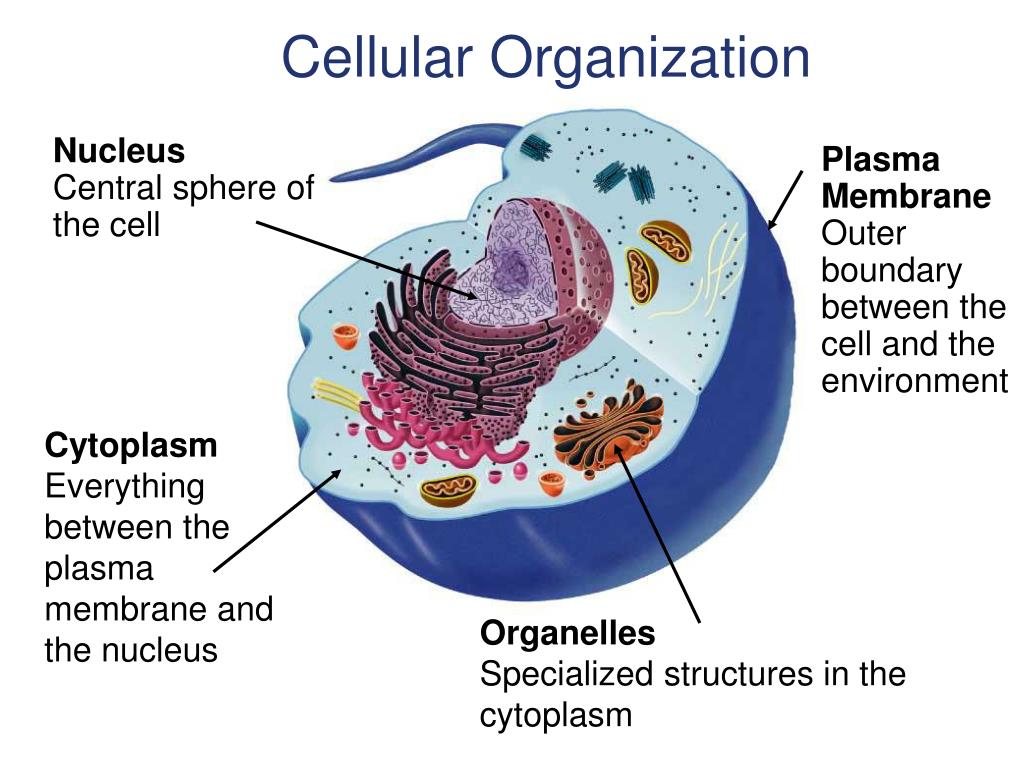
endosymbiosis theory
The endosymbiotic theory suggests that organelles like mitochondria and chloroplasts originated from bacteria that were engulfed by early eukaryotic cells. This mutually beneficial relationship eventually led to the bacteria becoming permanent, essential parts of the cell.
unicellular
A unicellular organism is a living thing that consists of a single cell that performs all the functions necessary for life, such as metabolism, growth, and reproduction.
Examples:
Bacteria
Amoeba
Paramecium
Euglena
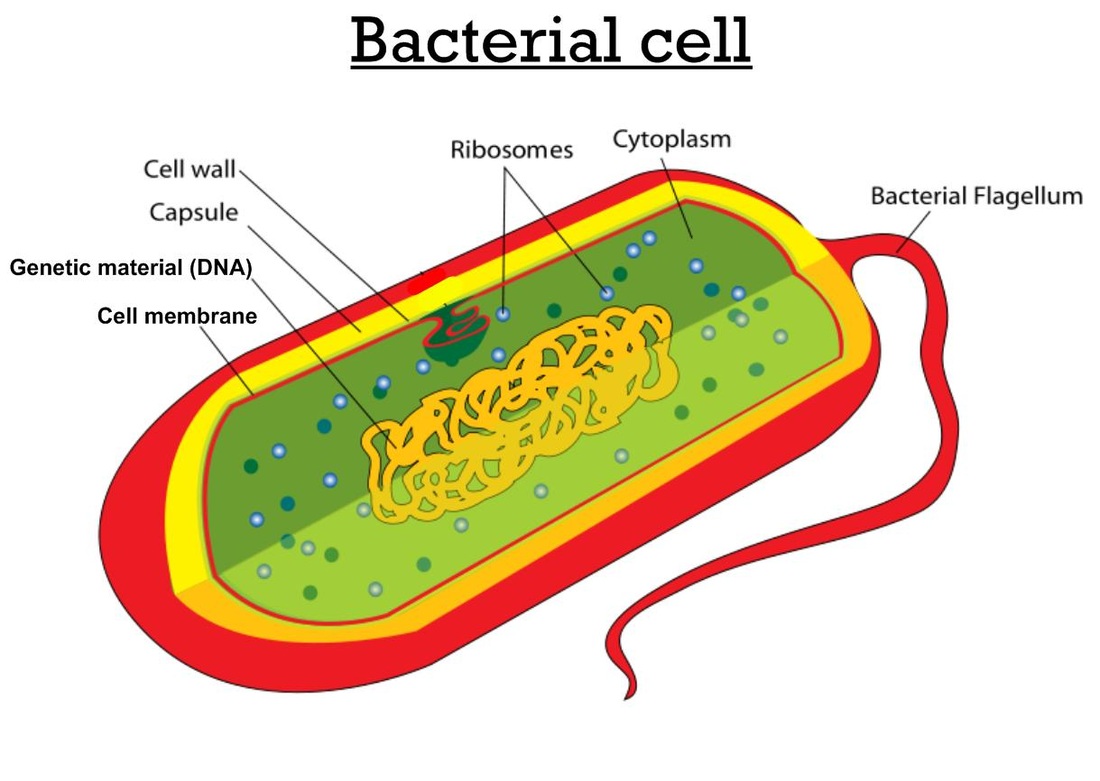
Multicellular
🧍 Examples of Multicellular Organisms:
Humans
Animals (e.g., dogs, birds, fish)
Plants (e.g., trees, flowers)
Fungi (e.g., mushrooms)
Key Features:
Many cells
Specialized cell types
Cells often organized into tissues, organs, and systems
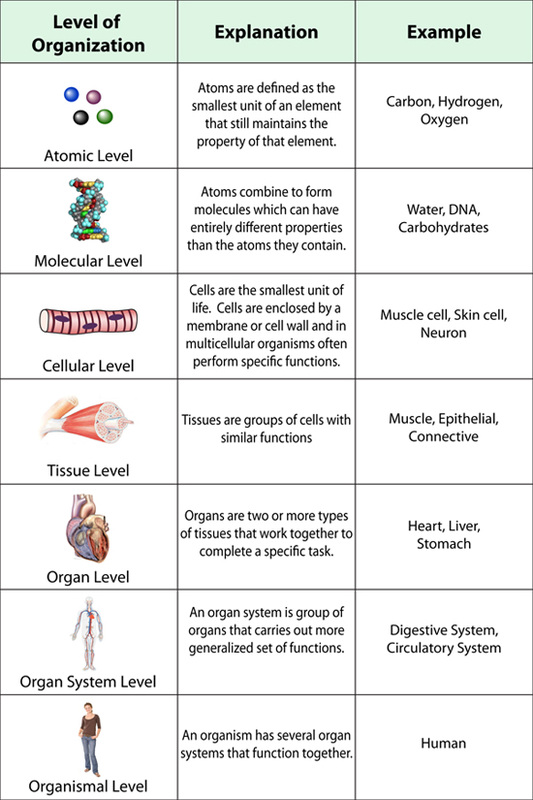
Eukarytoic cells complex
Organelles in eukaryotic cells are like tiny tools or rooms that each do a special job. This helps the cell work better and faster because everything is organized.
For example:
The nucleus is the boss, telling the cell what to do.
The mitochondria are the power plants, making energy.
The Golgi apparatus packages and sends things where they need to go.
Because of these special parts, eukaryotic cells can be more complicated and do more things than simpler cells. This also lets cells work together in groups to make complex living things like plants and animals.

Key Organelles and Their Functions:
Nucleus: Acts as the control center of the cell, housing the cell's DNA and coordinating activities like growth and reproduction.
Mitochondria: Known as the powerhouse of the cell, they generate energy through cellular respiration.
Endoplasmic Reticulum (ER):
Rough ER: Studded with ribosomes, it's involved in protein synthesis and modification.
Smooth ER: Lacks ribosomes and is involved in lipid synthesis and detoxification processes.
Golgi Apparatus: Modifies, sorts, and packages proteins and lipids for storage or transport out of the cell.
Lysosomes: Contain enzymes that break down waste materials and cellular debris.
Vacuoles: Storage organelles that can hold various substances, including nutrients, water, and waste products.
Plasma Membrane: Serves as the boundary of the cell, controlling the entry and exit of substances.
This compartmentalization allows eukaryotic cells to perform complex functions efficiently, contributing to the overall complexity of multicellular organisms.
For a more detailed visual representation, you can refer to the diagram provided by GeeksforGeeks:
Organelles and why they have specific functions
Each organelle is designed to do one particular job to help the cell work smoothly. This happens because:
Different Shapes and Structures
Organelles have unique shapes and internal structures that fit their job perfectly.
For example, mitochondria have lots of folds inside (called cristae) to make energy more efficiently.
Special Molecules and Enzymes
Each organelle contains special proteins and enzymes that help it carry out its task.
For example, lysosomes are filled with enzymes that break down waste and worn-out parts.
Separated Spaces
Organelles have membranes that keep their work separate from other parts of the cell, so processes don’t get mixed up.
For example, the nucleus has a double membrane to protect DNA and control what goes in and out.
Location in the Cell
Organelles are placed where they can work best and easily interact with other parts of the cell.
For example, the rough ER is close to the nucleus because it helps make and process proteins from DNA instructions.
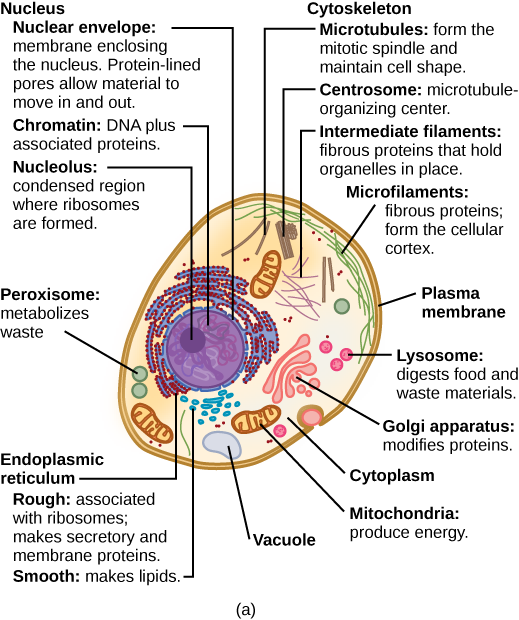
organelle malfuctioning
Organelle | What Happens When It Malfunctions | Possible Health Effects or Diseases |
|---|---|---|
Nucleus | DNA damage or errors in controlling genes | Genetic disorders, cancer, developmental problems |
Mitochondria | Reduced energy production | Muscle weakness, fatigue, mitochondrial diseases, neurodegenerative disorders like Parkinson’s |
Lysosomes | Waste buildup inside cells | Lysosomal storage diseases (e.g., Tay-Sachs disease, Pompe disease) |
Endoplasmic Reticulum (ER) | Protein folding errors or stress | Diseases like cystic fibrosis, Alzheimer’s, some types of diabetes |
Golgi Apparatus | Problems with packaging and shipping proteins | Defects in secretion can cause immune disorders or connective tissue diseases |
Vacuoles (in humans, mainly vesicles) | Improper storage or transport of substances | Cellular stress, can contribute to neurodegenerative diseases |
Plasma Membrane | Poor control of substances entering/exiting cells | Problems with cell signaling, infections, immune system disorders |
Cell membrane contribute
The cell membrane’s ability to control entry/exit, stay flexible, and communicate allows the cell to survive, grow, and respond to changes — all essential for proper cell function.
Phospholipid Bilayer: Makes the membrane flexible and forms a barrier.
Protein Channels: Let certain molecules pass through.
Protein Pumps: Use energy to move substances in or out.
Receptor Proteins: Receive signals from outside the cell.
Carbohydrate Chains: Help cells recognize each other.
Cholesterol: Adds stability and controls fluidity.
Cell membrane semipermeable
The cell membrane is called semipermeable because it allows some things to pass while keeping others out, acting like a selective filter.
Small molecules like water (H₂O) and oxygen (O₂) pass easily through the membrane.
Large molecules or charged particles need help from protein channels or pumps.
Some substances cannot pass through at all.
How does the cell membrane help maintain homeostasis within the cell (hydrophobic, hydrophilic, proteins)
The hydrophobic/hydrophilic nature creates a selective barrier, while proteins help move needed substances in and out and communicate signals. Together, these features keep the cell’s internal conditions steady — maintaining homeostasis.
The hydrophobic core blocks unwanted molecules.
Proteins selectively transport nutrients, ions, and waste.
Receptors allow communication so the cell can adjust.
Together, they keep the internal environment stable for the cell to functi
Cell membrane functions
Component | Organization | Function |
|---|---|---|
Phospholipids | Bilayer with hydrophilic heads outside and hydrophobic tails inside | Forms barrier, controls permeability, provides fluidity |
Proteins | Embedded or attached to bilayer | Transport, signaling, enzymatic activity, structure |
Carbohydrates | Attached to proteins/lipids outside membrane | Cell recognition, communication, adhesion |
Cholesterol | Scattered within bilayer | Stabilizes membrane fluidity and flexibility |
Concertation gradient transport
Transport Type | Movement Relative to Gradient | Energy Required | Role of Concentration Gradient |
|---|---|---|---|
Passive Transport | Down (high → low concentration) | No | Drives the movement naturally |
Active Transport | Against (low → high concentration) | Yes | Movement requires energy to go against gradient |